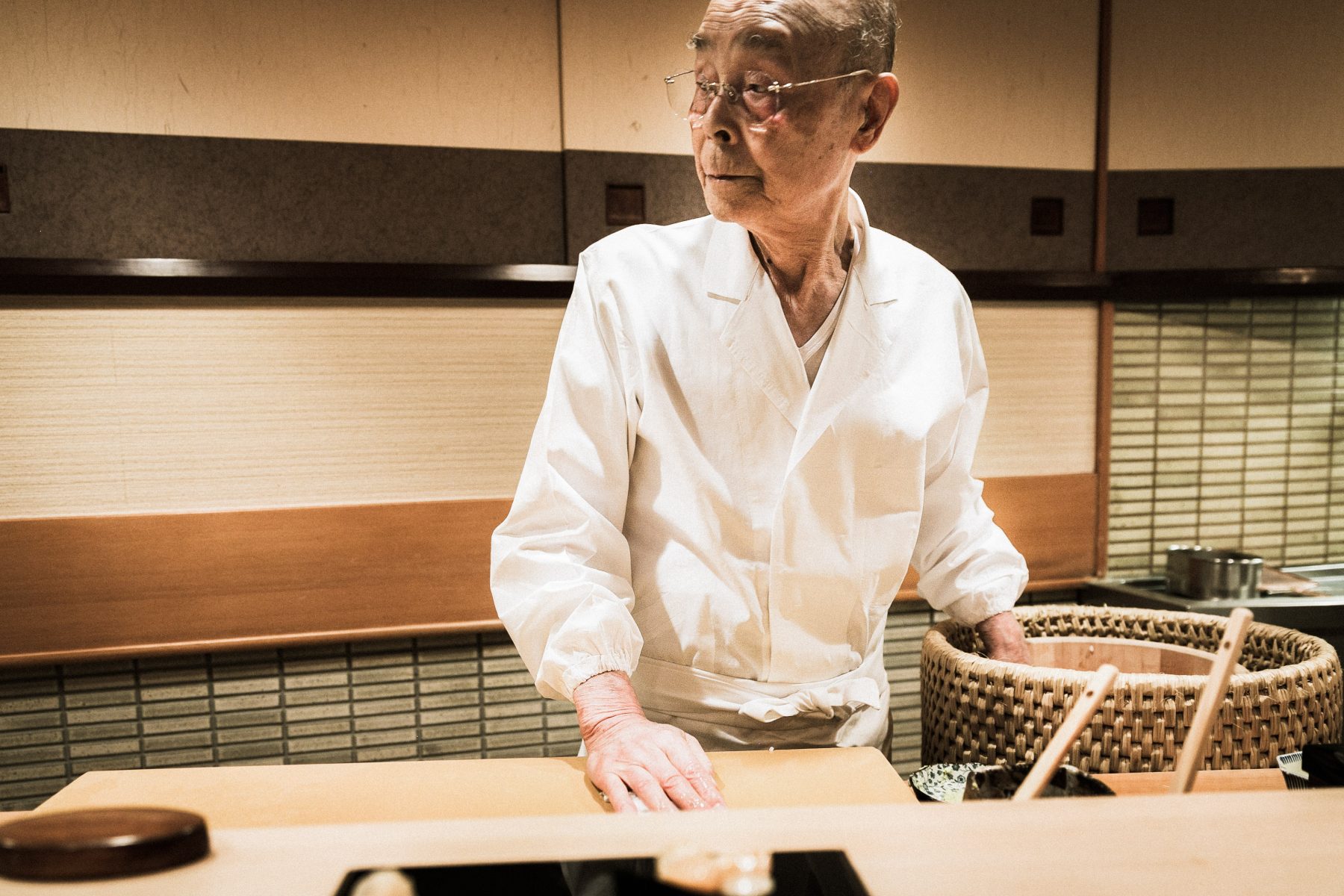Food is often a victim of cultural diaspora. When groups of people migrate across borders, they bring with them the flavors of home. Sushi is one of these foods, a cultural centerpiece introduced to the United States by Japanese immigrants decades ago. Not too long after its introduction into western lands, sushi underwent a period of rapid globalization, referred to as the “sushi boom.” The sushi boom is, in many ways, a byproduct of modern culture. Defined by the trends and desires of millennials, it was designed to please the characteristics of our generations–our taste for luxury, attention to health and fitness, and, most importantly, our impatience. All the while, it stomps on a long-held tradition.
The westernization of various cultural practices is not uncommon. It has happened time and time again, rooted in past practices of imperial colonialism and extending to today. Yes, the methods of colonization may have morphed, but the introduction of western influences that have come to eradicate traditional methods of sushi-making is nonetheless a form of cultural imperialism. Traditionally, sushi was used to preserve fish. By salting and pressing it between rice, the fish could be kept and transported in gastronomically sustainable methods. The tradition of sushi has undoubtedly changed in composition since those days–no culture remains stagnant through decades, and neither does its food. However, no change sushi endured in the past has been as steep as those perpetrated by its exposure to western influences.
Today, sushi is trendy. With high-end sushi restaurants making appearances in film, television, and even celebrity social media content, the traditional Japanese cuisine has become a marker of status. It exudes exoticism, offers flavors that are unfamiliar to the common western tongue, and can be expensive enough to breed an aura of sophistication. Masa, a New York-based sushi restaurant, has been deemed one of the most expensive restaurants in America. Prices start at $595 per person, earning Masa a reputation among the most elite as a place of extreme fine dining. For this sector of society, sushi has been fashioned into the perfect outlet for social exhibitions, an outing that demonstrates one’s own stability in wealth and sophistication.
However, there is more to the sushi boom than an infiltration of high society. Sushi has also come to occupy an alternate identity on the other end of the spectrum. Here, sushi is less traditional; it has taken on the directions of Americanization. Rolls that can be bought for three dollars, made of avocado and imitation crab, sometimes even cream cheese–these are flavors familiar to the western tongue, much unlike the utter saltiness of cured fish and vinegar-soaked rice. They are also accessible–sold pre-packed at convenience stores, or moving around conveyor belts in a plethora of airport terminals around the country. This is the sushi of American production.
In Jiro Dreams of Sushi, a documentary released by Magnolia Pictures in 2012, these misconceptions of sushi in the western world are challenged. Jiro Ono, the film’s starring subject, is an 85-year-old man who has devoted his life to preserving the face of sushi. His restaurant, though just an unassuming room at the back of a Japanese subway station, has earned three Michelin stars, making it one of the most sought-after sushi restaurants in the world. This reputation has been claimed by what appears to be the simplest delicacy. On the outside, much like the restaurant itself, there is nothing that would make one swoon with delight. There are no intricate displays, no fancy cocktails or smooth jazz music–just a piece of sushi on a plate. Everything western culture has made sushi to be disappears.
Jiro, however, supports his authenticity through a series of intensive techniques and quirks. Through these methods, he claims perfection is dependent upon access to time and quality, making legitimacy a luxury. Time, quality, reputation–all of these things have an unfortunate commonality: money. To eat at Jiro’s restaurant, Sukiyabashi Jiro, it costs 30,000 yen per person–translating to about $275. Thus, it can be argued that in order to taste authenticity, one must be of proper means. It leads to the question–can sushi be both authentic and accessible? The western identity sushi has adopted allowed for its expansion across culture and socioeconomic class. Despite being of an altered form, a lower price helped sushi to transcend borders in ways previously unknown.
So, how do we deal with the expanding gap between the many personalities sushi has come to embody? Sushi, in its purest form, is in danger. It has become the prime target of a series of appropriations, the only preservation of its true forms coming from those who have devoted the entirety of their well-being to its production. The issue is not within sushi itself; it is found in the attitudes society demonstrates towards food. Sushi has been changed from an expression of tradition and culture to a product that satisfies a new market for mass production and easy consumption. The value of food to cultures and peoples has fallen off as the world modernizes at extreme rates. Individualistic qualities have broken cultures that once revolved around family life; our world has become more concerned with consumerist patterns and profit than the comfort of familiar smells wafting from the kitchen.
Maybe the solution to this restoration is simple–we do not need to wake up each morning having dreamt of sushi, going to bed each night worried for its future. Rather, we need to begin a movement to reinstate respect for food as a focal point in cultural identities. Its diversity is something to be celebrated rather than modified. Sushi is just a fraction of the collateral damage the struggle between globalization and internalization has produced. An outward perspective and a shift in rhetoric–that is all we need for the bettering of our comprehensive food identity.




